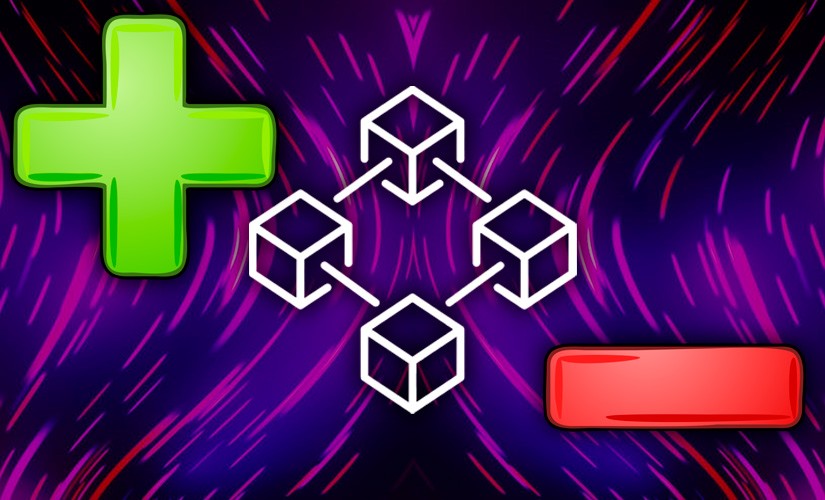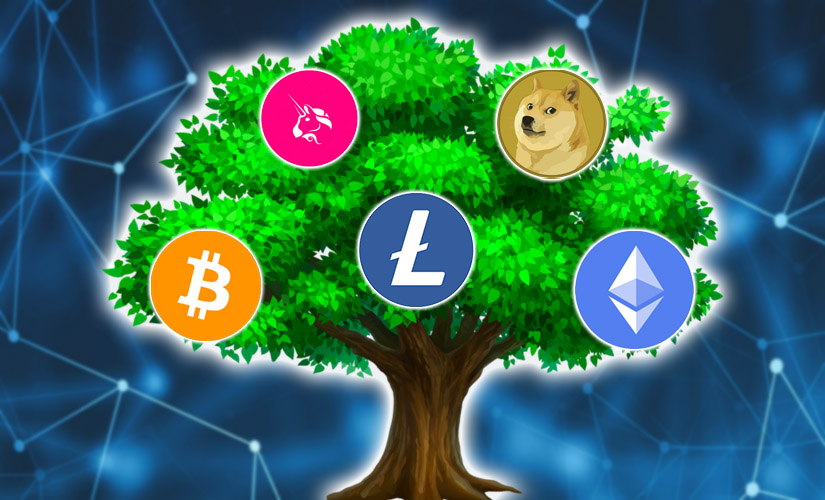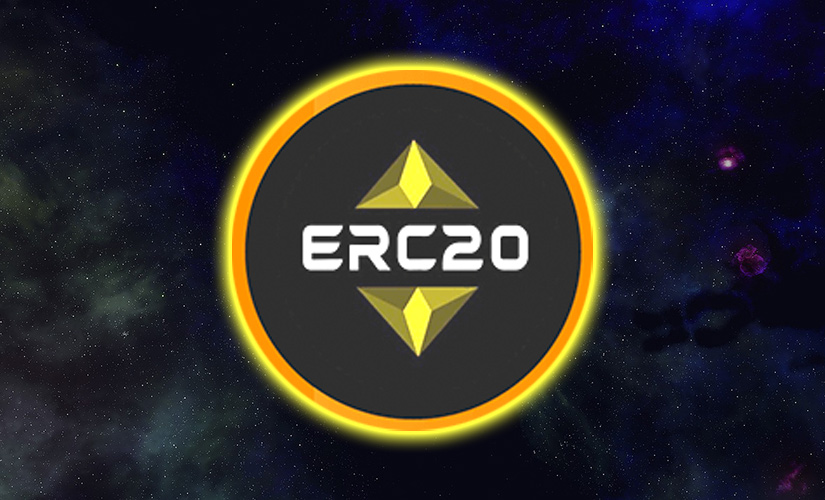The amount of information used by mankind is intensively growing. Distributed registry technology is a new approach to database creation. The difference from traditional methods of information storage is the absence of a single control center. Each node keeps records, makes changes. The distributed ledger system in blockchain is realized sequentially. Blocks are connected to each other in the form of a chain.
What is blockchain
In the world of digital assets, information is stored decentralized – on the computers of each of the network participants. Blockchain is a variant of a distributed ledger. It gives equal rights to the participants of the network. Generation of a new block of transactions is confirmed by validators – validation nodes. They check records according to a special algorithm.
Each group of transactions is linked to the previous one and contains a cryptographic hash (a unique set of numbers). If you substitute this code to the old records, you can check the validity of the changes.
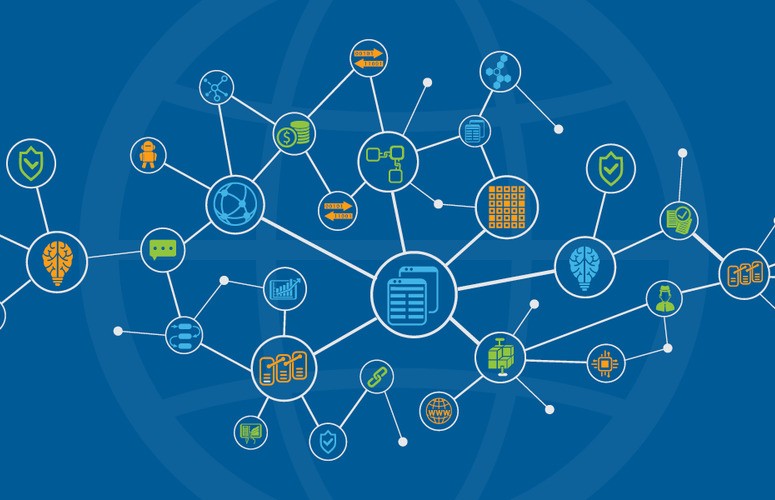
Blockchain is referred to as a distributed ledger technology. It is. But the first concept is a special case of the second, which includes other types of decentralized networks.
Characteristics of the technology
Features of systems on the blockchain.
5020 $
bonus for new users!
ByBit provides convenient and safe conditions for cryptocurrency trading, offers low commissions, high level of liquidity and modern tools for market analysis. It supports spot and leveraged trading, and helps beginners and professional traders with an intuitive interface and tutorials.
Earn a 100 $ bonus
for new users!
The largest crypto exchange where you can quickly and safely start your journey in the world of cryptocurrencies. The platform offers hundreds of popular assets, low commissions and advanced tools for trading and investing. Easy registration, high speed of transactions and reliable protection of funds make Binance a great choice for traders of any level!
| Characteristics | Brief description | Note |
|---|---|---|
| Immutability | Cannot be destroyed or damaged, operation is organized through nodes (nodes). Each connected computer contains a copy of the information and makes additional entries only after validation. An added block of transactions cannot be changed. | The technology reduces the cost of maintaining the security of traditional systems |
| Decentralization | There is no authority or person in charge of the blockchain. Nodes are equal. | This feature provides secure storage of assets, records, documents |
| Security | Cryptographic encryption methods protect the database from hacking. There is no point in taking control of one node – other nodes will notice mismatched information in the blocks and reject the changes. | It is impossible to tamper with records as it is easy to verify by hash function |
| Distributed | The system works according to a common algorithm | The combined power of users’ computers is applied to verify transactions. The network becomes resilient. |
| Consensus algorithm | In order to verify the validity of transactions, users must determine what criteria are used to do so. The consensus options in decentralized networks are Proof-of-Work, Proof-of-Stake. Any of these algorithms are arranged to ensure that transactions are confirmed by the majority of participants. | This is the main difference between blockchain technology and other methods of distributed information storage |
Smart contracts
In blockchain, it is possible to create an automatically executed agreement that is made between two or more parties. Such agreements are called smart contracts. It can be said that it is an analog of conventional legal agreements, fixed in the network with the help of algorithms. The terms of smart contracts are prescribed in advance and executed by the program. It is impossible to change such a contract unilaterally.
The program contains requirements for each of the participants in the process and monitors compliance. In 2021, most smart contracts were concluded in the Ethereum blockchain.
This system is written in a programming language that allows you to create your own scenarios, supports the necessary set of computational instructions.
An example of a smart contract is an insurance contract in a decentralized company:
- The parties negotiate the terms of the agreement and confirm with an electronic signature.
- The company locks a certain number of tokens or coins in the network.
- If an insurance event occurs (e.g., a natural disaster), information about the event is entered into the blockchain.
- The program takes this data into account and automatically credits money to the injured party.
Benefits
Thanks to smart contracts, savings can be made. Users do not need attorneys, notaries, lawyers. Errors due to human error are almost impossible. The speed of realization of the electronic contract is higher, bureaucratic problems are excluded.
In general, there are such pros of technology:
- Transaction speed – operations are directly between users with instant confirmation.
- Low commissions – customers do not need to pay for banking services. In some cases, smart contracts allow you to spend less on taxes.
- Transparency – cryptocurrency transactions are recorded in a register. They can be verified.
- Preservation of information that cannot be changed or removed from the blockchain.
There are also negative sides. Experts are concerned about the size of the blockchain and energy consumption. This applies to networks with support for the PoW algorithm. The second disadvantage is the queue of transactions for confirmation. In addition, this type of architecture does not provide complete anonymity. Information is recorded in a database and contains information about the parties to the transaction.
Distributed Ledger Technology and Blockchain
The current centralized system of data storage and exchange has a number of drawbacks. In its place come new technologies, among them Distributed Ledger Technology (distributed ledger or DLT). This system involves complete decentralization. Data is stored simultaneously on all computers of the network participants. Blockchain is one of the variants of distributed ledger.
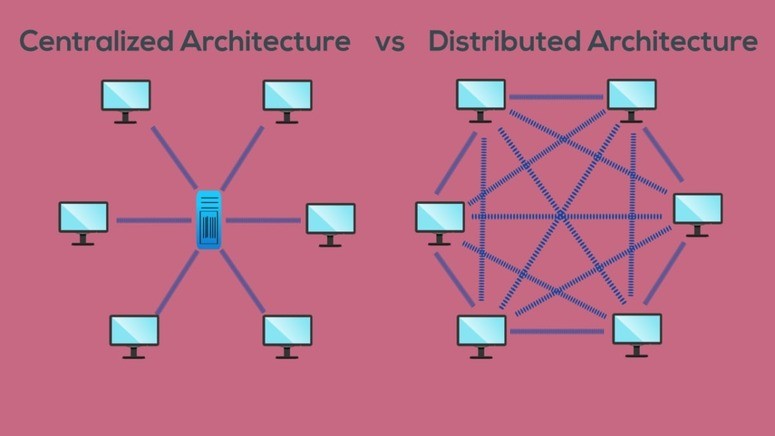
The role of registries
The latest technologies for storing and processing information make it easier for users to interact with each other. No industry has been left behind by the application of DLT. Finance, economics, real estate, medicine, education and other spheres are implementing distributed ledger and blockchain technologies.
This type of architecture is applied in cryptocurrency projects. In 2020-2021, the price of digital assets was growing. This allowed those wishing to make money from trading and investments through exchanges and trading platforms.
How it works
DLT is a technology for recording information and distributing it among the computing power of network participants.
Features:
- Lack of regulatory authority.
- Use of a consensus algorithm to verify transactions.
- Information about transactions in the network is stored on multiple nodes.
There are other options for computer interaction – hashgraph (device synchronization mechanism), DAG (transaction initiator and validator, checks other transactions to account for its own).
Differences from blockchain
These two concepts are used as synonyms, but this is incorrect. Blockchain is a special case of DLT, it differs in features:
- Data is grouped into blocks.
- Each subsequent packet of information stores information about the previous one.
- Cryptographic encryption methods are used.
Blockchain is a public distributed ledger. The program code is open. Network security is ensured by consensus algorithms (PoS, PoW). These mechanisms are implemented using nodes (nodes), increasing the number of which increases the stability of the system.
Open and authorized DLT
Several types are distinguished:
- Public or open – public, anyone can become a participant.
- Private – closed networks, transaction processing is performed by trusted persons.
- Federated – access to information and its modification is possible only by invitation.
Spheres of application
DLT – one of the key IT tools of the new technical revolution, the formation of which is observed in the last decade. In this context, decentralized bases are used for the Internet of Things, tracking goods or components in the logistics chain.
Joint trials between computer manufacturer IBM and Maersk (one of the largest transportation companies) have confirmed that using blockchain technology it is possible to track containers during transportation.
The distributed registry provides instant access to information. It also enables action planning with maximum speed and accuracy. The result is a reduction in the shipping company’s document management costs and minimization of errors.
Distributed registers are used in other areas:
- Economics, banking and finance – transparency and security of transactions, cost reduction.
- Healthcare – access to medical history at any point, improving the quality of diagnostics.
- Voting system – secure and transparent structure, eliminating the possibility of tampering in counting.
- Copyright.
- Logistics – efficiency of transportation, informing buyers about quality, composition of goods.
- Real estate.
The technology became famous thanks to cryptocurrencies and Bitcoin. However, this is not the only area of application.
Advantages
The advantages of decentralized bases:
- Security – such a network is difficult to hack. To do this, it is necessary to make changes to the information stored in a multitude of nodes.
- Accessibility – public registries allow any data to be traced.
- Absence of a control center – makes censorship and bans difficult.
- Automation – client participation is not necessary for the entire system to work. Algorithms and protocols are used.
- Benefit – reduces the cost of administration of any processes.
Technology problems: high energy consumption, low scalability. They are solved by developing and implementing new algorithms.
Prospects
Innovative technologies simplify life. In addition to the above-mentioned areas, it is worth noting tokenization (the process of digitizing assets and ownership rights), development and implementation of cryptocurrencies, decentralized applications and projects(DeFi).
Frequently Asked Questions
❓ How is DLT implemented in voting?
The results of the will are entered into the registry and stored there in encrypted form. It is impossible to make changes.
💻 Is it likely to attack all nodes in the system to capture?
Theoretically yes, but a lot of resources are needed. Therefore, the more nodes, the higher the security.
📝 Is NFT related to DLT?
Non-mutualizable tokens are based on blockchain technology.
📘 Are transactions anonymous?
Yes, you don’t need to enter personal information to connect to a distributed network. But most peer-to-peer systems do not provide complete anonymity.
🔍 What is a 51% Attack?
When a user has a larger amount of computing power than the others. Analogous to a controlling shareholding. In this situation, the monopoly owner of the capacity can make any entry in the registry, including taking out other people’s money.
Is there a mistake in the text? Highlight it with your mouse and press Ctrl + Enter
Author: Saifedean Ammous, an expert in cryptocurrency economics.



